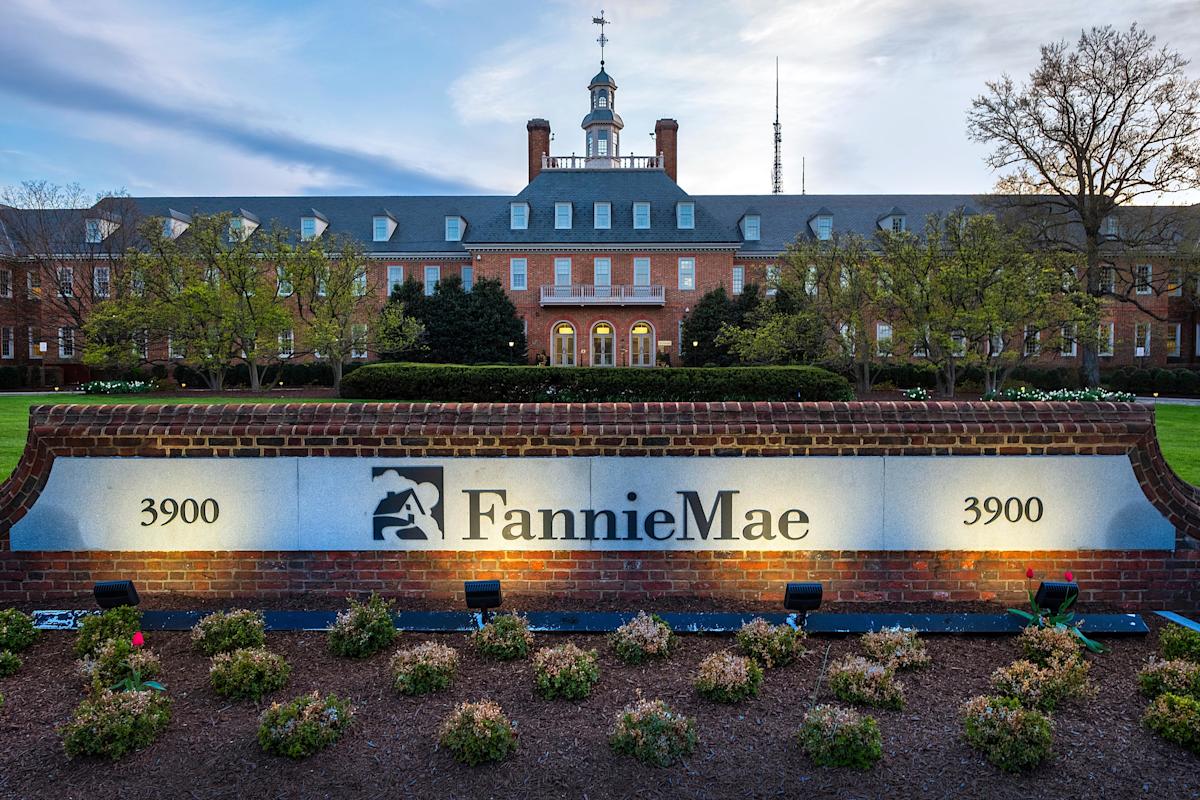Mortgage Maze: Trump's High-Stakes Plan to Overhaul Fannie and Freddie Without Breaking Housing Market

The ongoing housing affordability crisis is casting a long shadow over the complex journey of Fannie Mae and Freddie Mac's potential independence from government control. As home prices continue to soar and mortgage rates climb, the path to fully privatizing these crucial mortgage giants becomes increasingly challenging.
The current housing market presents a perfect storm of obstacles: skyrocketing home prices, limited inventory, and rising interest rates have pushed homeownership further out of reach for many Americans. This economic landscape adds significant complexity to the already intricate process of releasing Fannie Mae and Freddie Mac from their government conservatorship.
These government-sponsored enterprises play a critical role in the U.S. housing market, guaranteeing millions of mortgages and providing liquidity to lenders. However, their current status under federal oversight stems from the 2008 financial crisis, when they required a massive government bailout. The ongoing affordability challenges now serve as an additional hurdle in determining their future financial structure and independence.
Policymakers must carefully navigate these turbulent waters, balancing the need for housing market stability with the goal of reducing government intervention. The affordability crisis underscores the delicate nature of this potential transition, highlighting the continued importance of Fannie Mae and Freddie Mac in supporting accessible housing for American families.
